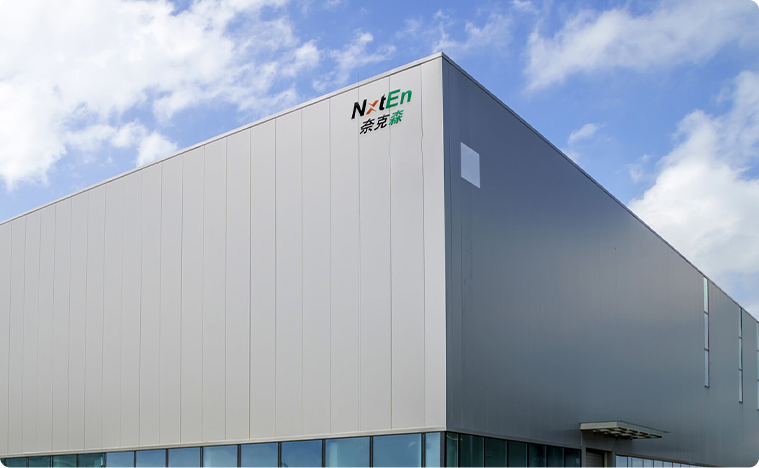
 About Nxten
About Nxten
0㎡

0+

0+

0+
 What’S News
What’S NewsIn an era of rapid development of new energy sources, energy storage technology is quickly becoming a core component of energy systems. Whether it's photovoltaic power plants, industrial and commercial electricity, smart manufacturing, or mobile energy devices, all rely on efficient, safe, and scalable battery energy storage systems. Among numerous energy storage solutions, battery energy modules, industrial energy storage cabinets, and battery energy storage packs constitute a complete structure, from basic units to medium-to-large-scale systems and mobile applications. Each plays a different role, yet they are inseparable in practical applications, jointly driving the upgrade of the energy storage industry.
Battery energy modules are the basic unit of the entire energy storage system. They are composed of multiple battery cells connected in series and parallel. A sophisticated battery management system monitors voltage, current, temperature, and health status in real time, ensuring that each cell operates within safe limits. Due to their high energy density and stable output, battery energy modules are widely used in communication base stations, UPS power supplies, small energy storage devices, and industrial control systems, making them the most flexible and fundamental energy storage component. They typically employ a modular design, allowing multiple modules to be combined into larger capacity battery clusters, providing customized power supply solutions for different scenarios. Whether for emergency power supplies with extremely high reliability requirements or communication equipment with stringent continuity requirements, battery energy modules provide stable power assurance.
Further expansion based on modules results in industrial energy storage cabinets. Industrial energy storage cabinets are key equipment in medium to large-scale energy storage systems, highly integrating multiple battery modules, inverters, BMS, electrical control systems, fire protection systems, and cooling systems into a standardized cabinet. Compared to individual battery modules, industrial energy storage cabinets offer more complete functionality, more efficient deployment, and stronger security. They can not only provide peak shaving and valley filling services for factories, industrial parks, and commercial complexes, reducing electricity costs, but also connect with photovoltaic power plants and charging piles to achieve integrated photovoltaic, energy storage, and charging energy solutions. To ensure long-term stable operation, energy storage cabinets are typically equipped with comprehensive temperature control and fire protection systems, enabling rapid response and risk isolation in the event of anomalies. As demand continues to grow, the scalability of energy storage cabinets becomes increasingly important; multiple cabinets can be combined to form larger energy storage stations, providing robust support for grid regulation, load balancing, and backup power.
Compared to industrial energy storage cabinets, battery energy storage packs are lighter and more flexible. It is a more mobile and adaptable form of energy storage, commonly used in outdoor work equipment, AGV logistics robots, mobile lighting, new energy equipment, and even some customized applications. Energy storage packs are typically small in size but compact in structure, high in energy density, and feature waterproof, shockproof, and quick-connect/replacement capabilities, making them suitable for scenarios requiring frequent movement or replacement. In robotics, intelligent devices, and aerial work platforms, battery energy storage packs have become an indispensable form of power supply. Compared to traditional lead-acid or stationary power supplies, energy storage packs are lighter, have a longer lifespan, and are safer. They can be customized with different voltages and capacities to meet equipment needs, improving flexibility and efficiency.
We own our own factory, handling both production and sales independently, resulting in shorter delivery times. Integrating production and sales—from raw materials to finished products—we rigorously control every step to ensure quality and efficiency.